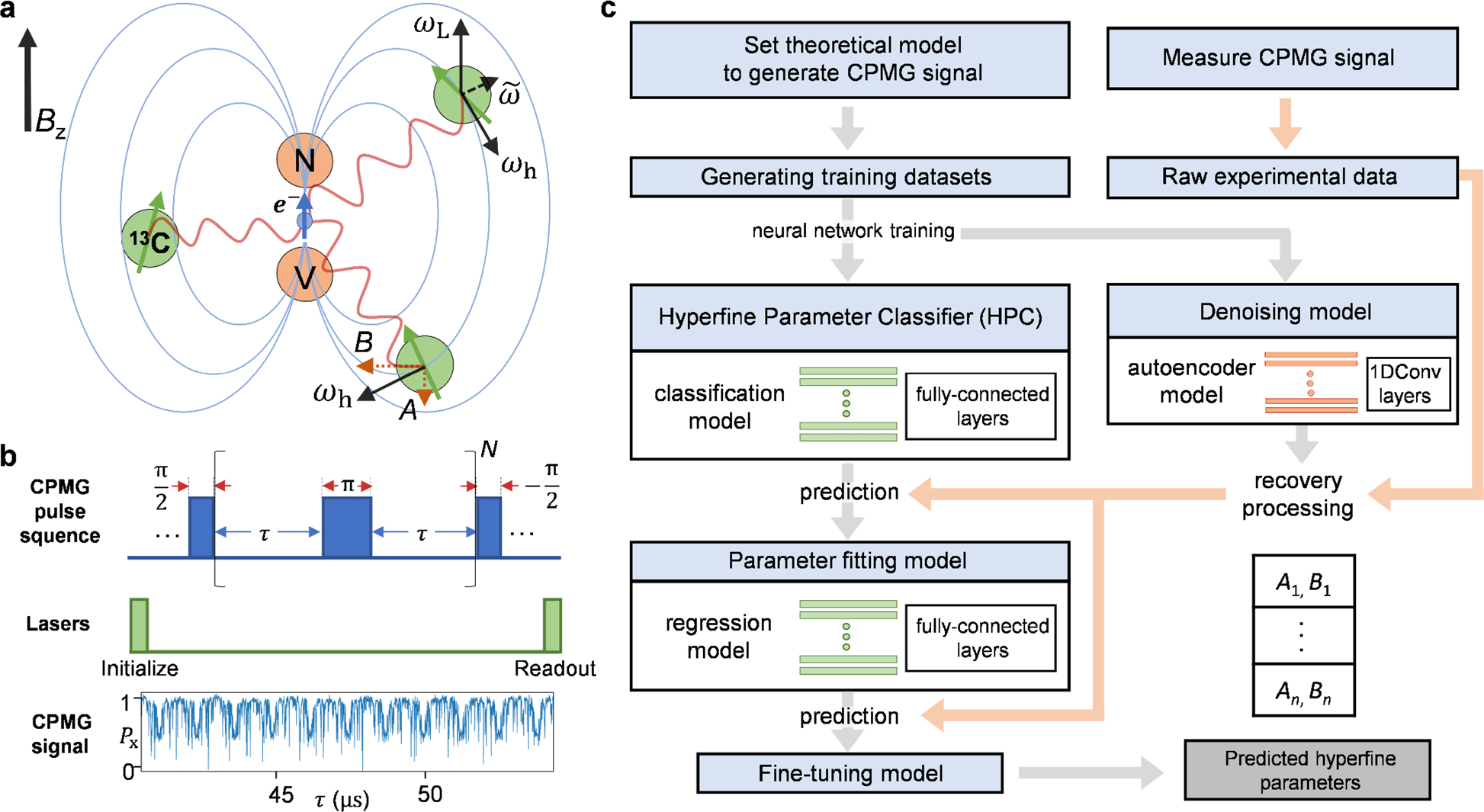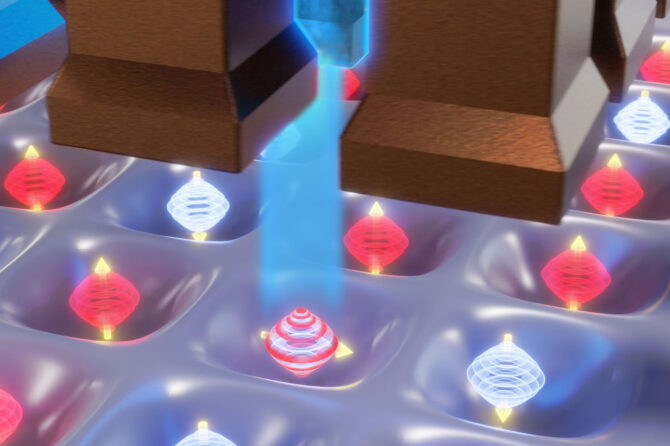Scientists at Tokyo Institute of Technology have shed light on the relationship between the magnetic properties of topological insulators and their electronic band structure.
Their experimental results offer new insights into recent debates regarding the evolution of the band structure with temperature in these materials, which exhibit unusual quantum phenomena and are envisioned to be crucial in next-generation electronics, spintronics, and quantum computers.
Topological insulators have the peculiar property of being electrically conductive on the surface but insulating on their interior. This seemingly simple, unique characteristic allows these materials to host of a plethora of exotic quantum phenomena that would be useful for quantum computers, spintronics, and advanced optoelectronic systems.
To unlock some of the unusual quantum properties, however, it is necessary to induce magnetism in topological insulators. Termed “magnetic extension,” the technique involves inserting a monolayer of a magnetic material into the topmost layer of the topological insulator, which circumvents the problems caused by other available methods like doping with magnetic impurities.
Unfortunately, the use of magnetic extension led to complex questions and conflicting answers regarding the electronic band structure of the resulting materials, which dictates the possible energy levels of electrons and ultimately determines the material’s conducting properties. Topological insulators are known to exhibit what is known as a “Dirac Cone (DC)” in their electronic band structure that resembles two cones facing each other. In theory, the DC is ungapped for ordinary topological insulators, but becomes gapped by inducing magnetism. However, the scientific community has not agreed on the correlation between the gap between the two cone tips and the magnetic characteristics of the material experimentally.
The researchers fabricated magnetic topological structures by depositing Mn and Te on Bi2Te3, a well-studied topological insulator. The scientists theorized that extra Mn layers would interact more strongly with Bi2Te3 and that emerging magnetic properties could be ascribed to changes in the DC gap.
By examining the electronic band structures and photoemission characteristics of the samples, they demonstrated how the DC gap progressively closes as temperature increases. (ScienceDaily)
The paper has been published in Nature Communications.



